FREEPORT — This month, Wolfe’s Neck Farm got a new name, the Wolfe’s Neck Center for Agriculture & the Environment, and officially became part of an internationally trending agricultural movement that aims to fight climate change from the ground up.
Beyond some signs referring to a TransFARMation, the changes aren’t obvious. That’s because a big part of the rebranding has to do with a mission happening underfoot. Literally. This transformation is about using the soil on this centuries-old 626-acre farm on the shores of Casco Bay to combat climate change.
As to be expected with the ever-evolving world of agriculture, there’s a buzzword for the new approach: regenerative agriculture. But it’s not yet in widespread use, and Wolfe’s Neck’s executive director David Herring finds himself defining it a lot.
“I’ve had a lot of people say, ‘What is this thing about regenerative agriculture? What is that?’ ” Herring said. He smiles the smile of a man who knows that it is a select audience who wants to hear the nitty gritty of dirt. “And so our ability to explain it succinctly has been tested.”
Start with soil health. Richer soil, more dense with organic material, is the obvious path to stronger plants and better yields. That’s what compost is all about. Every farmer engaged in sustainable agriculture is already working toward this.
“These are not brand-new things,” Herring said. “None of these things are.” But there’s a growing consciousness – Herring even uses the word “revolution” – of the potential agricultural soils high in organic material have to trap more carbon, enough potential to halt or even roll back climate change.
TRAPPING CARBON
Improving soil will build a higher level of resilience; organic matter in soil absorbs and retains more water, making farms more drought and flood resistant. But the major premise behind the burgeoning regenerative agriculture movement is that improving soil health is also the ideal means to get excess greenhouse gases out of the atmosphere and into the soil. Soil already sequesters carbon. It has potential to sequester a lot more, if it has human help to increase its capacity to hold carbon. And those humans need some help figuring out the recipe to healthier soil – meaning richer in organic material that can trap the carbon. Based on the speed at which the climate is changing, the recipe needs to be developed quickly.
Which is where Wolfe’s Neck Center for Agriculture & the Environment comes in. It will continue to be the place to go for a hayride in the fall, seashore camping in the summer or a field trip to gawk at new calves and squeal at the cuteness of baby goats. It’s also still the home of a burgeoning organic dairy program designed to train the next generation of dairy farmers, thus bolstering a struggling sector of agriculture.
But it has a new role as an observatory for how known methods of enriching soil naturally are working and – this is key, given how climate change is already affecting us – a laboratory for figuring out how to improve soils rapidly.
Agriculture has to be part of the solution, Herring said, because it is a major contributor to climate change.
“Agriculture has not been part of a conversation about the solution to climate change to be honest,” Herring said. “It’s been part of the net contributor. Some studies and analysis say 10 to 20 percent of global greenhouse gas emissions come from farming, come from agriculture.”
Some estimates range even higher, up to 25 percent, although the Center for Climate and Energy Solutions puts it at 7 percent of U.S. greenhouse gas emissions. Methane releases from livestock (the flatulence of cows is no joke), are a huge factor. Ruminants represent 37 percent of agriculture’s contribution, according to the Organization for Economic Cooperation and Development. Wolfe’s Neck, which began an organic dairy farmer training program in 2015 with a $1.7 million contribution by Stonyfield Organic, has a lot of cows.
Last year, Stonyfield, owned by French dairy giant Lactalis as of July, bought nearly 44,000 gallons of milk from Wolfe’s Neck, relatively speaking a drop in the bucket of the organic milk it sources throughout the region. But it is in the environmentally conscious company’s best interests to support efforts to halt the degenerative effect dairy farming has on climate. That’s why Stonyfield is contributing $250,000 in seed money for the regenerative agriculture observatory. The hope is, Wolfe’s Neck will help light the way to a better future for dairy.
Katherine Paul is the spokesperson for Regeneration International, a group that formed in 2015 to advocate worldwide for regenerative agriculture. She’s also, coincidentally, a Maine resident who visits Wolfe’s Neck regularly (she was hiking there a weekend ago). She said it is heartening to see a local farm embracing regenerative agriculture.
“We spend so much of our time battling this,” Paul said. “And it wears you out.”
Regenerative agriculture, she said, is the upside. “It is a major solution to global warming, and it just isn’t getting the attention it deserves to get.”
Wolfe’s Neck is trying to change that.
TIP TOP(SOIL)
Topsoil is the nutrient rich top layer of earth where crops and plants can easily take hold. It was the lack of topsoil that turned American farmland into the Dust Bowl in the 1930s. Overclearing of native plants for agricultural expansion in the Southern Plains in the 1920s, combined with severe drought, degenerated the soil and caused the topsoil to blow away in the hundreds of millions of tons. One of the all-time worst ecological disasters caused by mankind, the Dust Bowl broadened our understanding of how essential, and fragile, topsoil is. That was perhaps the ultimate early warning of how damaging agriculture can be to the soil.
“Historically, conventional wisdom around soil is it takes hundreds of years to build an inch of topsoil,” said Dorn Cox, soil scientist and farmer from New Hampshire who is the research coordinator for Wolfe’s Neck regenerative agriculture program. “But they are using an antiquated approach.”
Through regenerative agricultural methods, which are sometimes referred to as carbon farming or conservation farming, the old rules are going out the window.
“We are really growing soil,” Cox said. “And we are growing it down.”
As in, he’s deepening his topsoil, the good stuff, and it’s not taking him hundreds of years. Last fall, as it moved toward becoming a regenerative agriculture observatory, Wolfe’s Neck installed seven soil sensors that record data from 4 feet deep in the ground. They’re measuring the changes in the soil as they nurture it, with a focus on how much its composition is made up of organic material. The average healthy New England soil measures a 6 on the scale of percentage of organic matter in the soil (SOM), he said. (There’s no “top” of the scale per se, but Dust Bowl soil would have been less 1 at best, and Cox is proud that his in New Hampshire is an 8 and rising.) The plan is to see how fast Wolfe’s Neck can increase its organic composition through natural amendments, using cover crops, rotating crops and practicing no-till agriculture. They’ll keep an electronic record of all that they do (and don’t do), and the sensors will give them feedback about how the soil is changing.
“We are living at a really exciting time in human history,” Cox said. “For the first time, we can actually sequence and describe exactly what life is in soil.”
Talking about it, his enthusiasm is clear, but he knows how hard it is to make the topic of dirt exciting. He’s used to eyes glazing over. “I never know where I lose people.”
HOW IT WORKS
Before delving into regenerative agricultural methods, which combine pieces of permaculture, biodynamics and organic farming, it helps to understand how plants help trap carbon in the soil and why that’s so important.
A plant pulls carbon out of the atmosphere through photosynthesis, drawing it down into the soil through its roots. Research shows that the plant releases some of that carbon into the area around its roots and that entices soil organisms to feed; they want that leached carbon.
“The soil is alive,” Cox said. And it’s hungry, hungry for carbon-based food.
Because of human activity, the world now has too much carbon dioxide and methane in the atmosphere; those shifting levels are higher than ever before in human history. The gauge is how many parts per million of carbon make up the atmosphere. Throughout human history, that’s been about 280 parts per million; 350 is considered acceptable by the scientific community. Today that figure is about 400 parts per million. That’s the numerical evidence, while record-breaking hot summers and disasters like hurricanes Harvey and Irma are the demonstration of it.
Much of the increase comes from the way we burn fossil fuels, but some of it, possibly as much as a quarter of it, stems from the way we grow our food. The clearing of forests to make room for crops worldwide is an obvious culprit and so are those farting cows. But so are common methods like tilling, which exposes the microbes under the ground to oxygen. There are billions of organisms in a handful of healthy soil, and tilling brings them to the surface.
“The microbes have a sudden source of food,” Cox said. “They eat that carbon and they off-gas it into the environment.”
“Just like opening the damper on your wood stove, you are accelerating the process,” he added.
Cox urges people to think not just about soil as a living organism, jammed with tiny fungal matter and microbes, but as something with a physical structure.
“With lots of rooms and pores inside,” Cox said. Tilling then, “is like taking a wrecking ball to a brick house.”
ON TREND
Regenerative agriculture is not a new concept. Robert Rodale, the son of J. I. Rodale, the giant of organic farming circles, is credited with coining the term, to describe the way topsoil could be regenerated. In the 1980s, the Rodale Institute started the Regenerative Agriculture Association and for a few years, regularly published books on the topic. Then it faded away.
The term resurfaced in recent years. In June 2015, a group of 100 activists from 60 countries met in Costa Rica and formed Regeneration International. Then, during the United Nations climate change talks in Paris later that year, regenerative agriculture was a big topic of conversation, leading to the establishment of the French “4 per 1000” initiative to increase soil carbon by that amount every year over the next 25 years in order to stabilize the climate.
At the time, Andre Leu, the president of the International Federation of Organic Agriculture Movements, called adoption of the initiative “the biggest paradigm shift in the history of the climate change movement.”
Conservation activist and author Courtney White has watched as a topic he first heard about from a rancher in Marin County, California in 2010 become trendy. He published a book in 2014, “Grass, Soil, Hope: A Journey Through Carbon Country,” that included a chapter on Cox, and he’s working on a new book with a Western farmer who had powerful success with regenerative agriculture on his farm. More books are showing up the marketplace (see sidebar, S8).
“Regenerative agriculture is where things are headed,” White said.
The name might be confusing, since some call it carbon farming and others call it conservation farming, he said. But it is more than just a rebranding of sustainability.
“It’s all about biology,” White said. “And getting those microbes going. We have depleted life in the soil badly in so many, many places. The plants trade carbon and that is what we have broken, when we pour chemicals on it, when we till.”
Whatever it’s called, this is the next big thing, White said. “Folks are beginning to coalesce behind this idea.”
Katherine Paul, the spokesperson for Regeneration International, agrees. “We think it is really catching on,” she said. “How lucky is it that right down the road from me, literally, there is someone measuring carbon sequestration.”
Mary Pols can be contacted at 791-6456 or at:
Twitter: MaryPols
Send questions/comments to the editors.


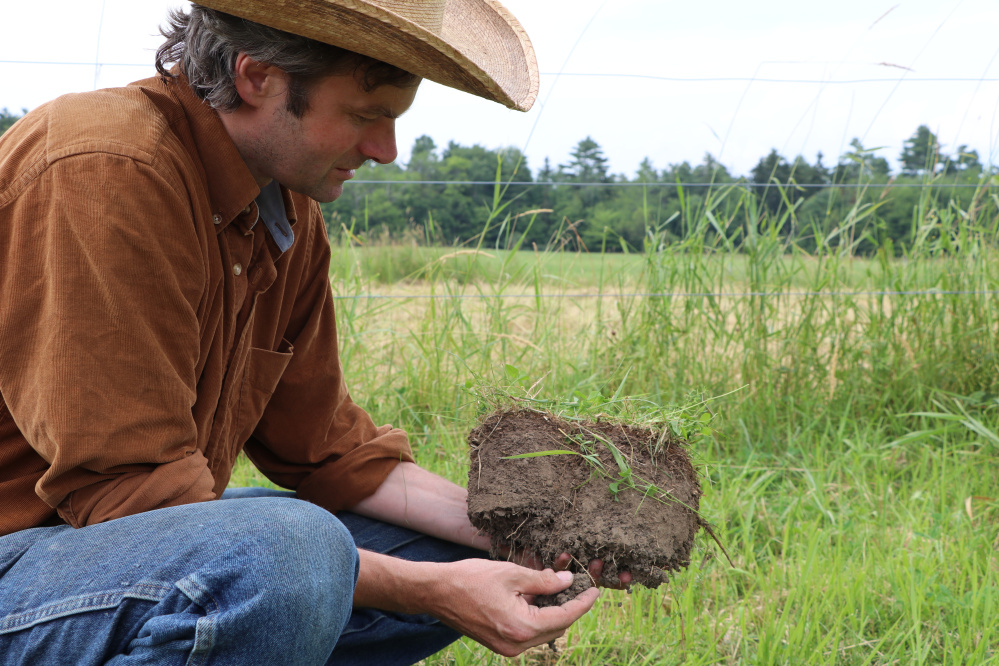
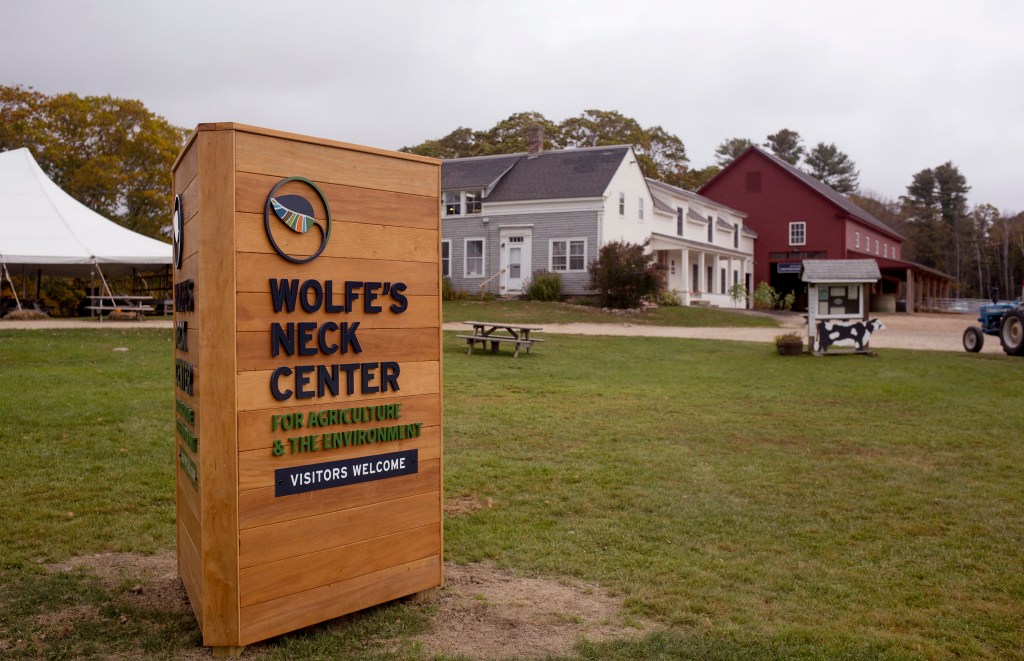
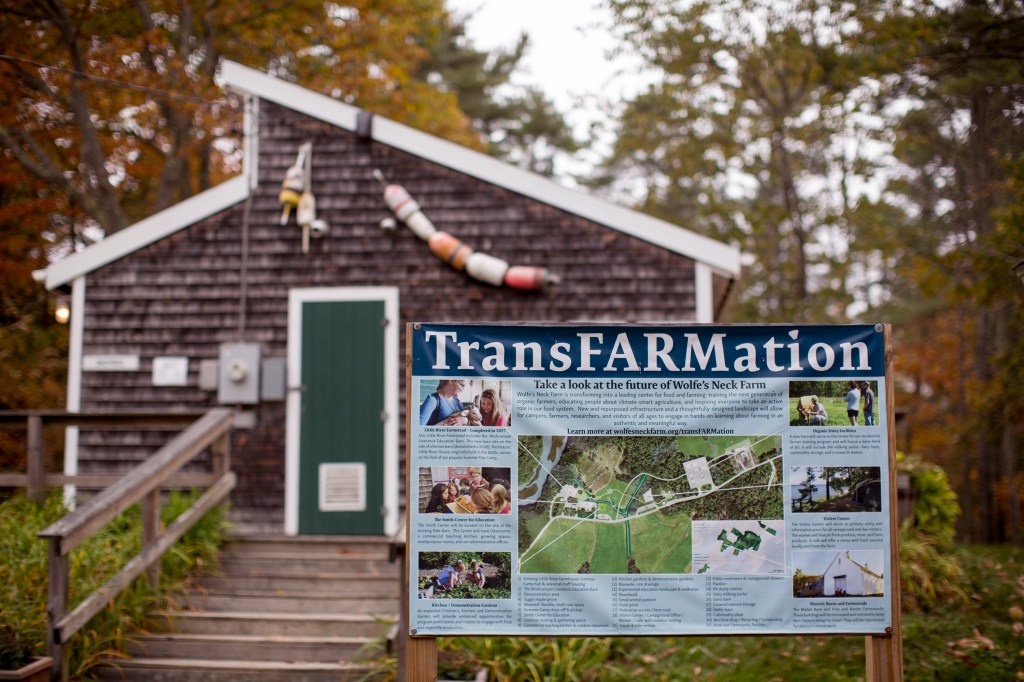
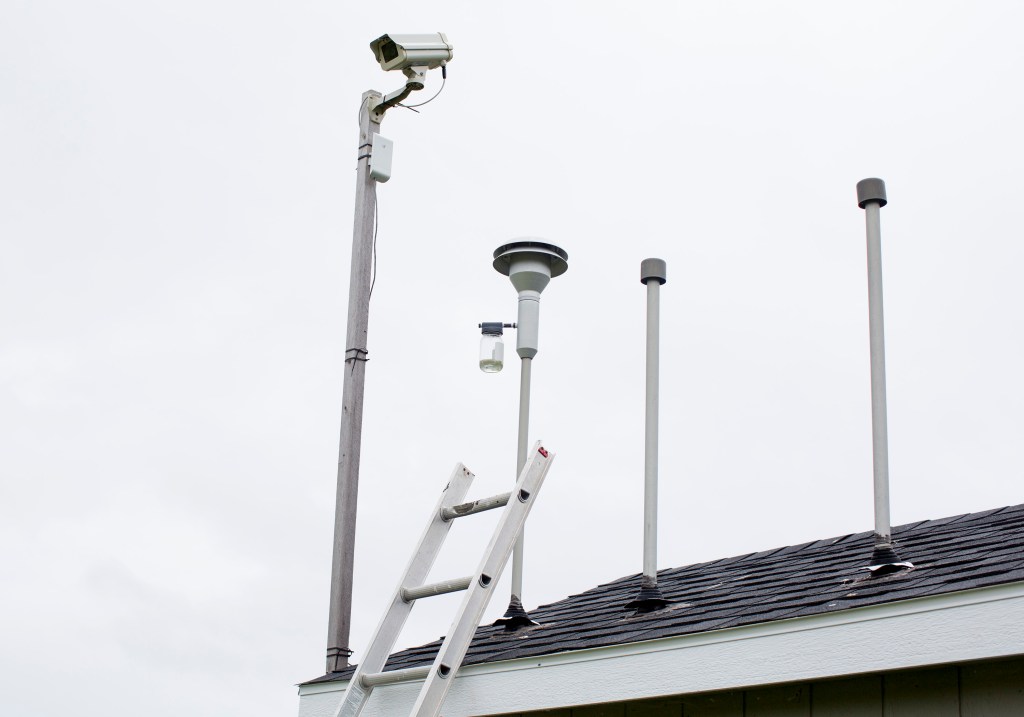
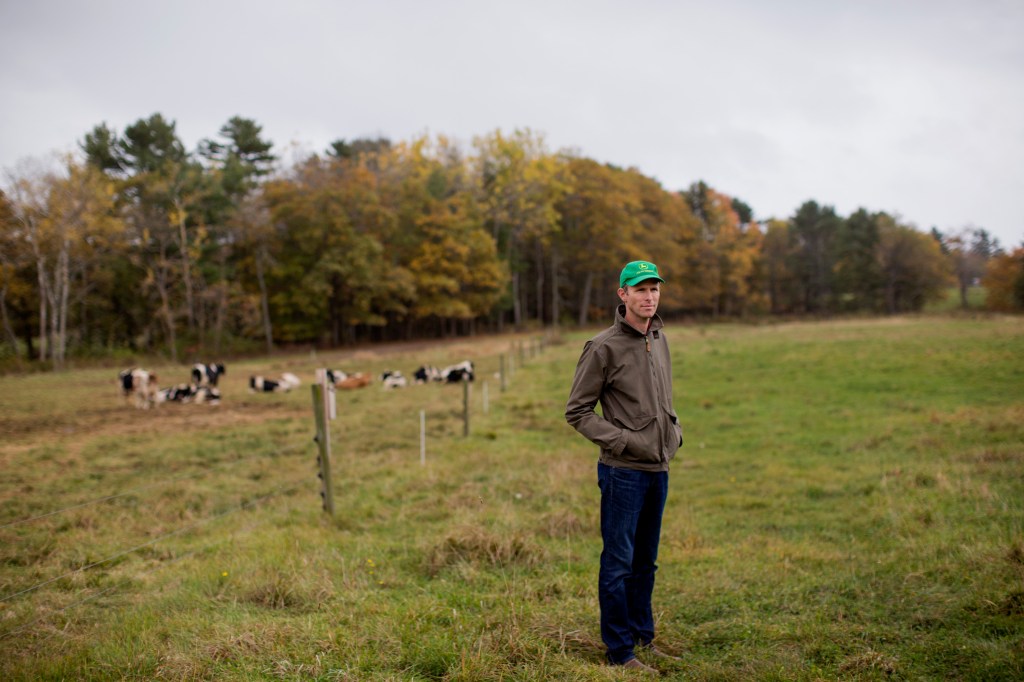
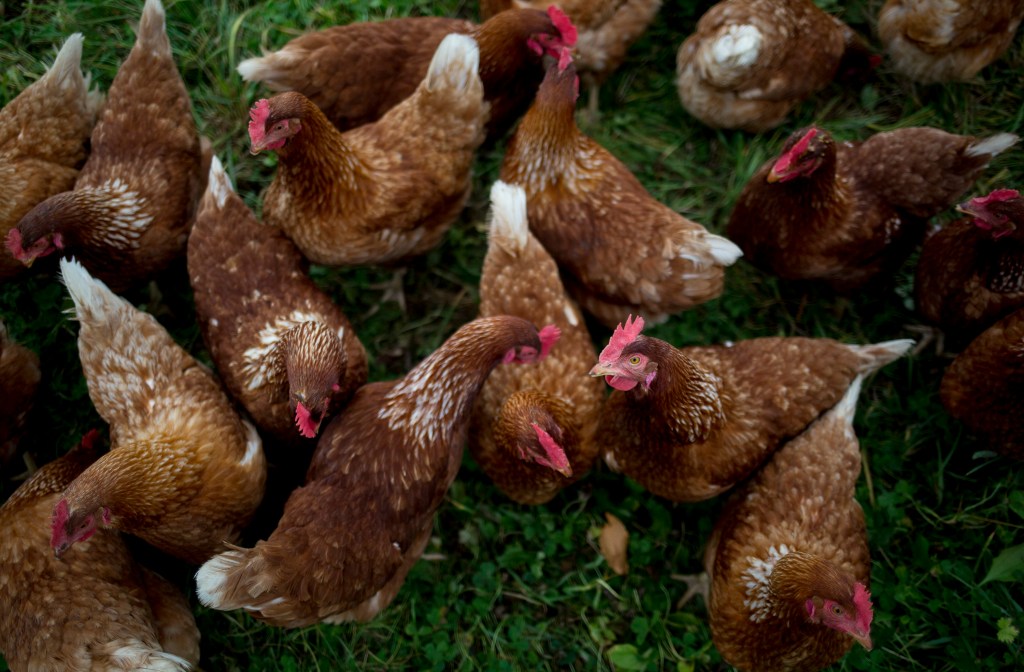
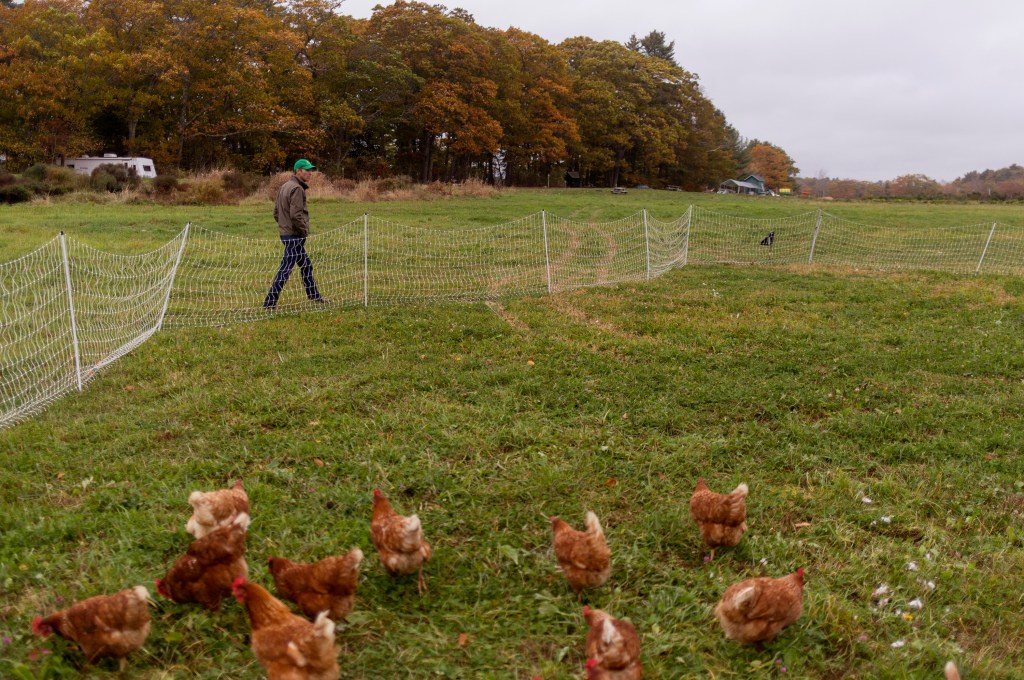
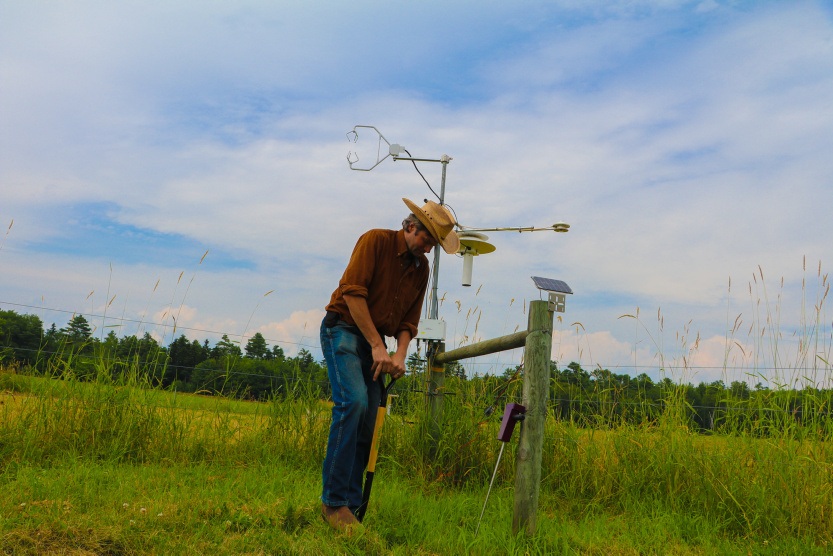

Success. Please wait for the page to reload. If the page does not reload within 5 seconds, please refresh the page.
Enter your email and password to access comments.
Hi, to comment on stories you must . This profile is in addition to your subscription and website login.
Already have a commenting profile? .
Invalid username/password.
Please check your email to confirm and complete your registration.
Only subscribers are eligible to post comments. Please subscribe or login first for digital access. Here’s why.
Use the form below to reset your password. When you've submitted your account email, we will send an email with a reset code.